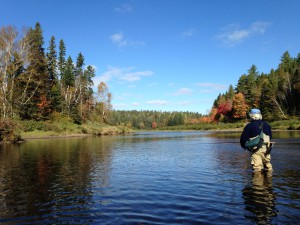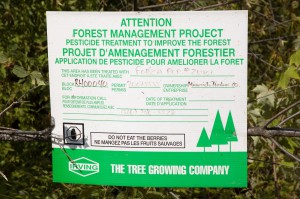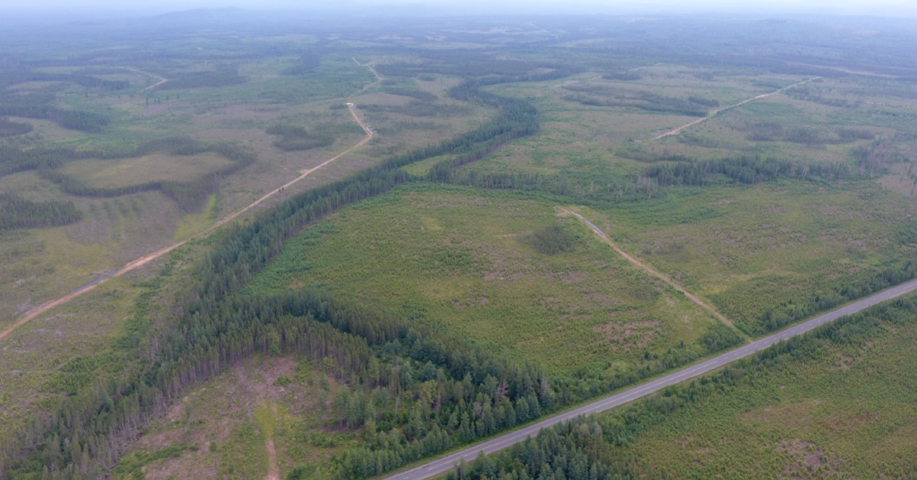The Auditor General of New Brunswick says 80 per cent of all the wood cut from Crown forests in the past two decades have been harvested by clear cut.
“Clearcut is running consistently around 80%, whereas in the area of selective or partial cut, there is a decline from 20% to roughly 10% in more recent years,” Auditor General Kim MacPherson told MLAs in the Legislature while releasing Volume II of her 2015 Auditor General Report on Tuesday, which included two chapters related to forest management.
The province’s chief financial watchdog said numerous studies and recommendations calling for a reduction of clearcutting in Crown forests have been ignored by ministers and officials in the Department of Natural Resources over the past decade.
Check out Quotable Forest Quotes from the AG’s report
This was just one of many sharp criticisms MacPherson aimed at the department for its handling of the Crown forest, but her report also came with recommendations that could see real changes in how our public forests are managed.
 The auditor general recommended a drop in the amount of clearcuts on Crown forest, saying selective and partial cutting methods are recognized as the best management practices. She noted these harvesting methods also serve to protect waterways, wildlife habitat, and preserve a healthy range of plant and animal life in the woods.
The auditor general recommended a drop in the amount of clearcuts on Crown forest, saying selective and partial cutting methods are recognized as the best management practices. She noted these harvesting methods also serve to protect waterways, wildlife habitat, and preserve a healthy range of plant and animal life in the woods.
MacPherson’s audit of the department’s finances — covering 2009 to 2014 — determined the province has lost money on its Crown forest resource to the tune of $7- to $10-million for each of the last five years.
The two main contributors to the annual forest deficit are the silviculture program and the licensing payments the provincial government gives to industry for doing the silviculture work in Crown forests, she said.
To correct this, MacPherson recommended the department use an economic payback model when spending taxpayer dollars on silviculture. This would let the department know whether it’s getting a positive economic return from silviculture investments, which she stated currently provide “no direct financial benefit” to the province.
The Conservation Council believes an economic payback model would reveal that New Brunswickers would see the most jobs in the forest and get the best bang for their buck from silviculture investments if forest companies replaced the use of herbicides in Crown forest with thinning crews of men and women working in the woods — as Quebec has done since 2001.
 In New Brunswick, roughly 13,000 hectares per-year of Crown forest are sprayed with herbicides in order to kill hardwoods and other plants that compete with seedlings. At a cost of roughly $1,000 per hectare, herbicide spraying contributes to the annual forest deficit and prevents natural forests from regenerating.
In New Brunswick, roughly 13,000 hectares per-year of Crown forest are sprayed with herbicides in order to kill hardwoods and other plants that compete with seedlings. At a cost of roughly $1,000 per hectare, herbicide spraying contributes to the annual forest deficit and prevents natural forests from regenerating.
Speaking to reporters during a press conference on Tuesday, MacPherson said this was the first time a thorough review of the silviculture program has been performed since it was launched with the Crown Lands and Forests Act in 1980.
She recommended the department make changes to its forest management standards if warranted by new scientific knowledge or analysis of past and current approaches.
In the past, the Conservation Council has called on the provincial government to replace the outdated Crown Lands and Forest Act with legislation that protects water and wildlife and creates a wider range of forest-based jobs.
With the provincial government currently reviewing the forest management plan established by the previous government in 2014, the extensive and detailed findings of the Auditor General’s forestry reports can serve as a guide for creating a stronger, healthier public forest that meets the needs of all New Brunswickers.

